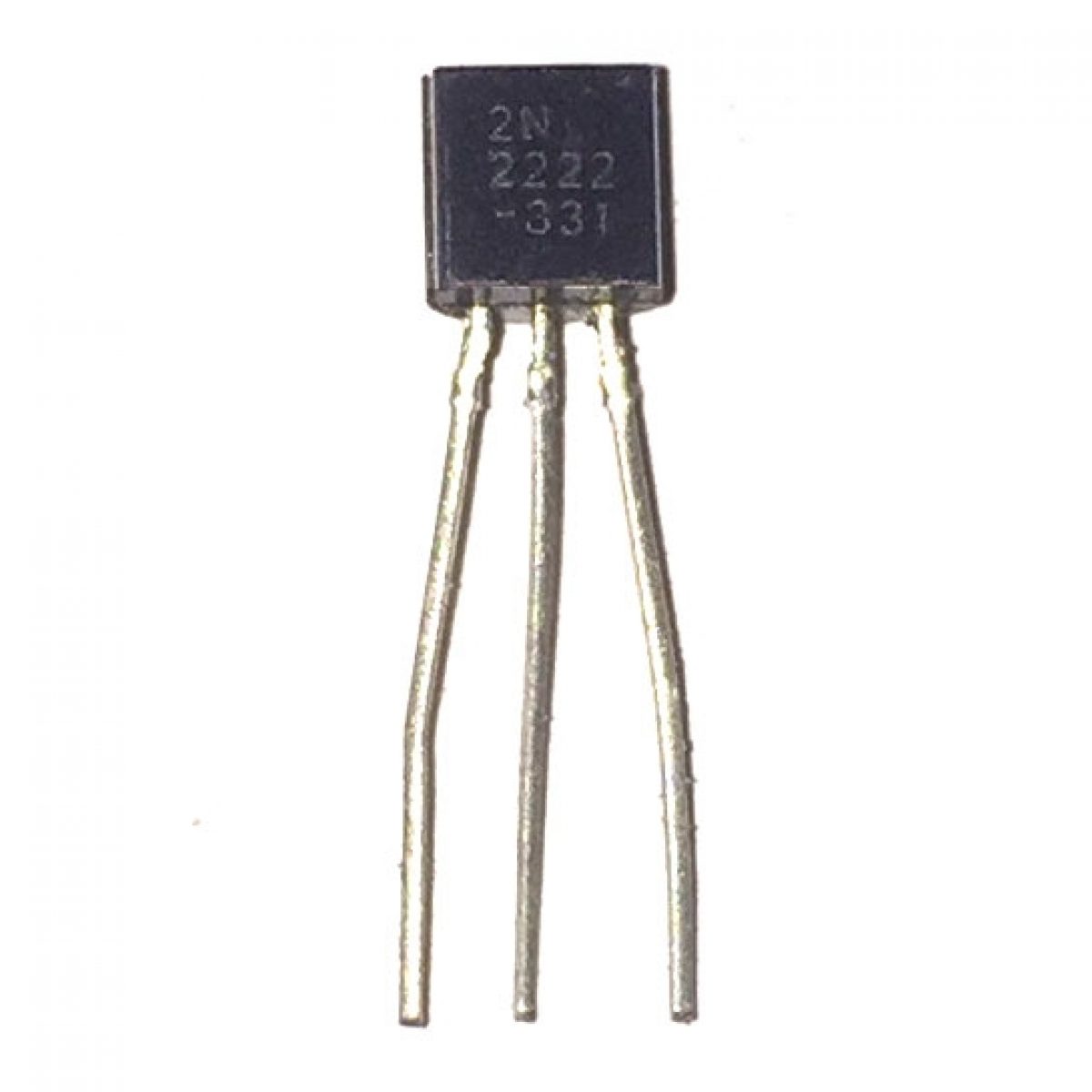

There are two basic types of bipolar transistor construction, PNP and NPN, which basically describes the physical arrangement of the P-type and N-type semiconductor materials from which they are made. The word Transistor is a combination of the two words Transfer Var istor which describes their mode of operation way back in their early days of electronics development. Cut-off – the transistor is “Fully-OFF” operating as a switch and Ic = 0.Saturation – the transistor is “Fully-ON” operating as a switch and Ic = I(saturation).Active Region – the transistor operates as an amplifier and Ic = β*Ib.

Then bipolar transistors have the ability to operate within three different regions: The transistor’s ability to change between these two states enables it to have two basic functions: “switching” (digital electronics) or “amplification” (analogue electronics). Transistors are three terminal active devices made from different semiconductor materials that can act as either an insulator or a conductor by the application of a small signal voltage. The fusion of these two diodes produces a three layer, two junction, three terminal device forming the basis of a Bipolar Junction Transistor, or BJT for short.

Bipolar junction transistor series#
If we join together two individual signal diodes back-to-back, this will give us two PN-junctions connected together in series which would share a common Positve, (P) or Negative, (N) terminal. The bipolar transistor uses one more layer of semiconductor material to produce a device with properties and characteristics of an amplfier. Unlike semiconductor diodes which are made up from two pieces of semiconductor material to form one simple pn-junction.


 0 kommentar(er)
0 kommentar(er)
